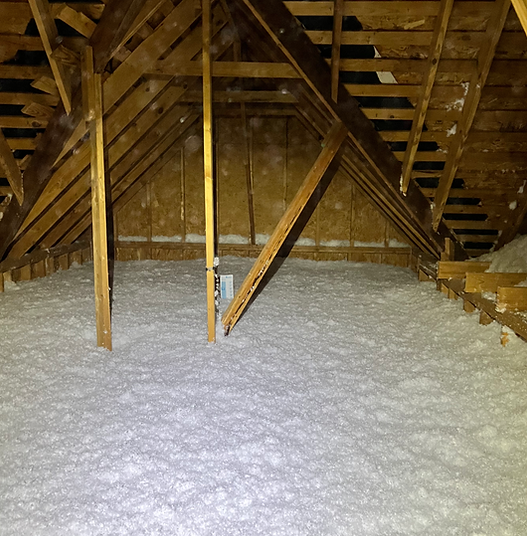
5.0 - STAR RATED BY OUR CUSTOMERS
Professional Blown-In Fiberglass Insulation in Dallas-Fort Worth
With years of experience in the insulation industry, our team specializes in blown-in fiberglass insulation, ensuring superior coverage for your home or business. We’re here to answer your questions and provide expert solutions to enhance energy efficiency and comfort.

Request a FREE
No Hassle Inspection Today!
By clicking 'Request Quote,' you agree to our terms and privacy policy and consent to receive text messages regarding your inquiry.
FIVE STAR RATING
Why Choose Blown-In Fiberglass Insulation?
Blown-in fiberglass insulation is an efficient method for insulating homes or buildings in the Dallas-Fort Worth area. Using specialized equipment, loose fiberglass is blown into attics, walls, and other spaces, filling gaps and hard-to-reach areas that batt insulation may miss. This process creates a seamless barrier, improving energy efficiency by keeping indoor temperatures stable year-round. Additionally, fiberglass loosefill is fire-resistant, more resistant to mold and mildew, and does not compress or degrade over time, providing long-lasting performance.
VERIFIED -VETERAN OWNED
.png)
Improved Energy Efficiency
Blown-In insulation helps to reduce energy loss by filling even the smallest gaps in your home structure. This means your cooling and heating system won't have to work as hard, resulting in lower energy bills.
Lasting Performance
.png)
Unlike other insulation materials, fiberglass insulation maintains its shape and effectiveness over time. It won’t settle, compress, or lose its insulating power, ensuring long-lasting performance and consistent thermal protection for your home
Fire & Mold Resistant
.png)
Fiberglass insulation is naturally resistant to fire and mold, eliminating the need for chemical treatments that can break down over time. Its durability ensures long-lasting protection, making it a safe and reliable choice for your home.


.png)
Eco Friendly
Fiberglass is made from recycled products, offering a sustainable solution for your insulation needs.
.png)
Enhanced Comfort
By preventing drafts and maintaining a consistent temperature, blown-in insulation keeps your home comfortable during hot summers and cold winters.
.png)
Quick and Clean Installation
The process of blowing in insulation is fast and can be done with minimal disruption to your daily routine, even in hard to reach places.

Fiberglass Blow-in 13in Attic Restoration.

Fiberglass Blow-in 17in Attic Restoration.

Fiberglass Blow-in 13in Attic Restoration.

Fiberglass Blow-in 13in Attic Restoration.